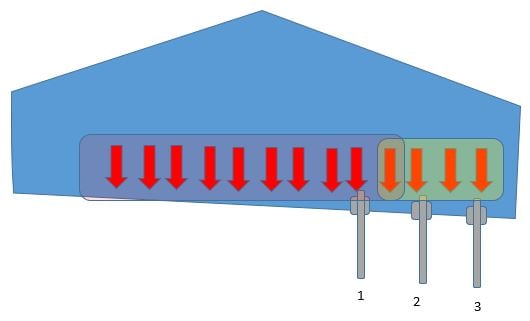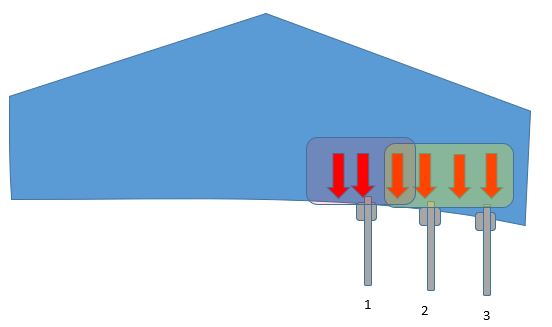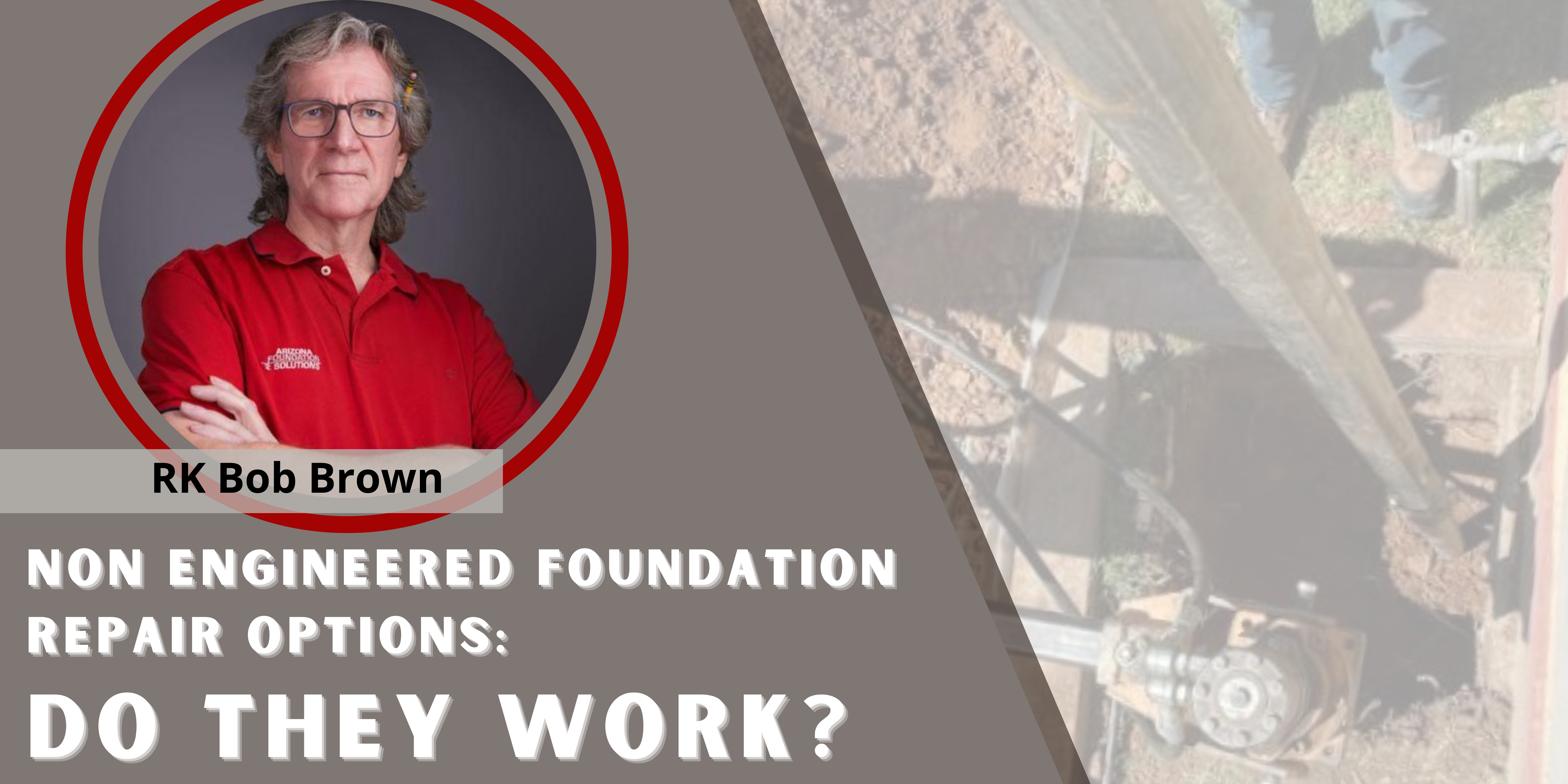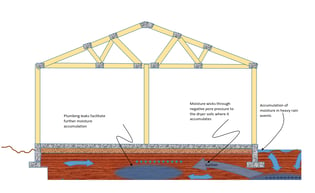To have foundation repair sales personnel produce various solutions that are arrived at with anything other than engineering processes is likely to produce results that are questionable at best.
It has come to light that some Arizona Foundation Repair Contractors have been offering various solutions to Homeowners to “right size” the project to fit the budget expectations some have regarding this type of repair. At first this may sound quite appealing…. listening to the Homeowner and fitting the foundation repair project to what they can afford. Sounds Great!
"The best predictor of future movement is past movement. In other words if a footing has been settling in the past, it is likely to continue settling in the future."
The problem: the foundation repair solutions being generated are from non-engineers. These budget minded foundation repair plans are basically generated by sales personnel (or someone who works under the sales manager’s direction). The problem with this that none of the various solutions are vetted or engineered to perform with the given conditions. Is this really a problem? Read on…
The best predictor of future movement is past movement. In other words if a footing has been settling in the past, it is likely to continue settling in the future.
Let’s say we have an area of foundation that is settling, and we put in piles to support it. Great! Now what if we put in piles to only support half of that area? The piles are engineered are to support the structure above it….. but typical single helical or push piles will not support the whole house…. Or even half of it…. or maybe only a quarter of it…. or less… how much will it support?
See the diagram below:
This is where engineering skills become important. If a large area adjacent to a pile settles… could it pull the pile down next to it? Perhaps. How big is the area and how much is it likely to move?

Let’s put this into basic engineering concepts. Pile 3 has 2 arrows of weight to support. Pile 2 also has 2 arrows (one in the middle and ½ on each side that it is sharing with the pile on either side). Look at Pile 1. If we believe that all the areas are going down (because they have gone down in the past) then look how many arrows pile one needs to support… 9 ½ arrows! Way too many! If the house continues to settle, Pile 1 will fail.
Now look at the next diagram:
 In this diagram, the topo mapping shows that most of the left portion of the house is still flat (showing little movement) so future movement is not likely. In this case, Pile 1 still only has 2 total areas of weight arrows pushing it down; all the piles are likely to perform well in the future.
In this diagram, the topo mapping shows that most of the left portion of the house is still flat (showing little movement) so future movement is not likely. In this case, Pile 1 still only has 2 total areas of weight arrows pushing it down; all the piles are likely to perform well in the future.
How do engineers know how to tell the difference between these two scenarios? By carefully looking at the topographical mapping and looking for hinge points or grade breaks. It’s important to understand that often the floor slab where we are taking the readings is not physically connected to the footings. Meaning that is it possible (though not likely) that the slab could be moving separately from the footing.
Not only is it important to understand where likely settlement of the footing starts and stops, but also knowing the difference between soil heave and settlement. Floor slab topography can also display upward movement from heave that has nothing to do with footing settlement. (see Rules of Thumb part X). It’s nearly as simple as many foundation repair salesmen think it is; hence the needs for complete detailed information and engineering judgement to interpret it. Check out my blog on what engineering judgement is: https://www.foundationaz.com/blog/cognitive-biases-the-mcnamara-fallacy
Engineers must not only understand soil mechanics and understand how the soil at each specific location is affecting the structure, but also how that structure is reacting to those forces. There are a number of tools that engineers use (see blog on 17 things in a Level B soil investigation). These tools produce solutions for optimal performance along with Engineering Judgment.
To have foundation repair sales personnel produce various solutions that are arrived at with anything other than engineering processes is likely to produce results that are questionable at best. So as it turns out the ‘A,B, or C Solution’ all may be not in the Homeowners best interests if they are not arrived at through engineering processes supervised by engineers using their engineering judgment.







